Biography
Home
Rajendra Prasad’s Monumental Legacy: 7 Transformative Pillars That Heroically Redefined India’s Moral Compass with Unshakable Integrity and Visionary Leadership
#ConstitutionArchitect, #FirstPresidentOfIndia, #GandhianSoul, #HistoryVerse7, #LegacyOfLeadership, #RajendraPrasad
Abhishek Chavan
3 Comments
Rajendra Prasad’s Monumental Legacy: 7 Transformative Pillars That Heroically Redefined India’s Moral Compass with Unshakable Integrity and Visionary Leadership
🧠 Introduction: Rajendra Prasad: A Life of Integrity, Service, and Nation-Building
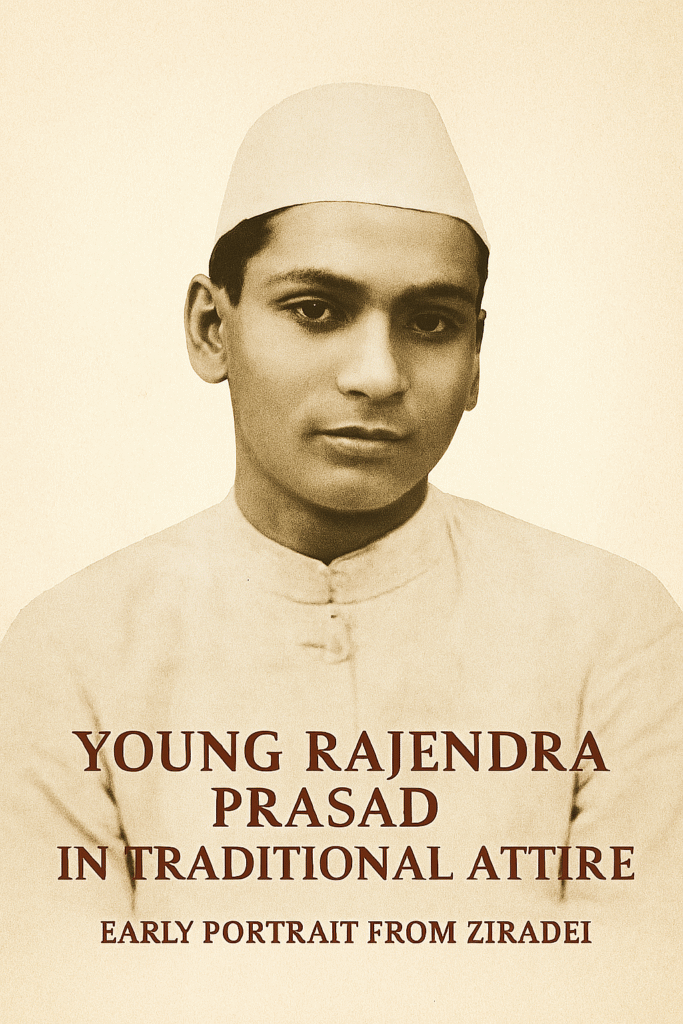
Rajendra Prasad was not just a name etched in India’s history books—he was a living embodiment of humility, intellect, and unwavering patriotism. Born on December 3, 1884, in the small village of Ziradei in Bihar, Rajendra Prasad’s journey from a modest household to becoming the first President of independent India is a testament to the power of character and conviction. His life was a reflection of values that India aspired to uphold—truth, unity, and service.
From his early childhood, Rajendra Prasad displayed exceptional academic brilliance. He was a gifted student, known for his sharp memory and disciplined nature. His education took him to Presidency College in Calcutta, where he pursued law and economics. Despite the challenges of colonial rule and personal responsibilities, Rajendra Prasad excelled in his studies, earning degrees that would later support his legal and political career. But more than his academic achievements, it was his moral compass that set him apart.
Rajendra Prasad’s entry into public life was deeply influenced by the teachings of Mahatma Gandhi. When Gandhi launched the Champaran Satyagraha in 1917 to support oppressed indigo farmers, Rajendra Prasad joined the movement wholeheartedly. He didn’t just lend his voice—he lent his hands, organizing relief, mobilizing volunteers, and standing shoulder to shoulder with the people. This marked the beginning of his lifelong commitment to India’s freedom struggle.
As the Non-Cooperation Movement gained momentum in the 1920s, Rajendra Prasad gave up his flourishing legal practice to serve the nation full-time. He was arrested multiple times, yet his resolve remained firm. In prison, he wrote, reflected, and continued to inspire. His dedication was not driven by ambition—it was driven by purpose. Rajendra Prasad believed that true leadership meant serving without seeking, sacrificing without showcasing, and standing firm without shouting.
In the years leading up to independence, Rajendra Prasad emerged as a key figure in the Indian National Congress. He held several important positions, including President of the Congress, and played a vital role in shaping the party’s policies and direction. His leadership style was calm, inclusive, and deeply rooted in Gandhian principles. He was respected across ideological lines for his fairness, wisdom, and ability to mediate during times of internal conflict.
One of Rajendra Prasad’s most significant contributions came in 1946, when he was elected President of the Constituent Assembly of India. This was no ordinary role—it meant presiding over the drafting of the Indian Constitution, a document that would define the soul of the nation. Rajendra Prasad led the Assembly with grace and impartiality, ensuring that every voice was heard and every concern addressed. His speeches during this period reflect a deep understanding of India’s diversity and a commitment to building a just and inclusive society.
On January 26, 1950, when India became a Republic, Rajendra Prasad was unanimously elected as the first President of India. His presidency was marked by dignity, restraint, and a deep sense of responsibility. He believed that the President should be a guardian of the Constitution, not a seeker of power. He lived simply, refused luxuries, and remained accessible to the common people. His tenure set a gold standard for the office, and he was re-elected twice—serving until 1962, the longest term of any Indian President.
Rajendra Prasad’s relationship with Prime Minister Jawaharlal Nehru was built on mutual respect, though they occasionally differed on matters of principle. Rajendra Prasad was never afraid to voice his concerns, especially when he felt that constitutional values were at risk. Yet, he always did so with decorum and a spirit of dialogue. His presidency was not just about protocol—it was about preserving the moral fabric of the nation.
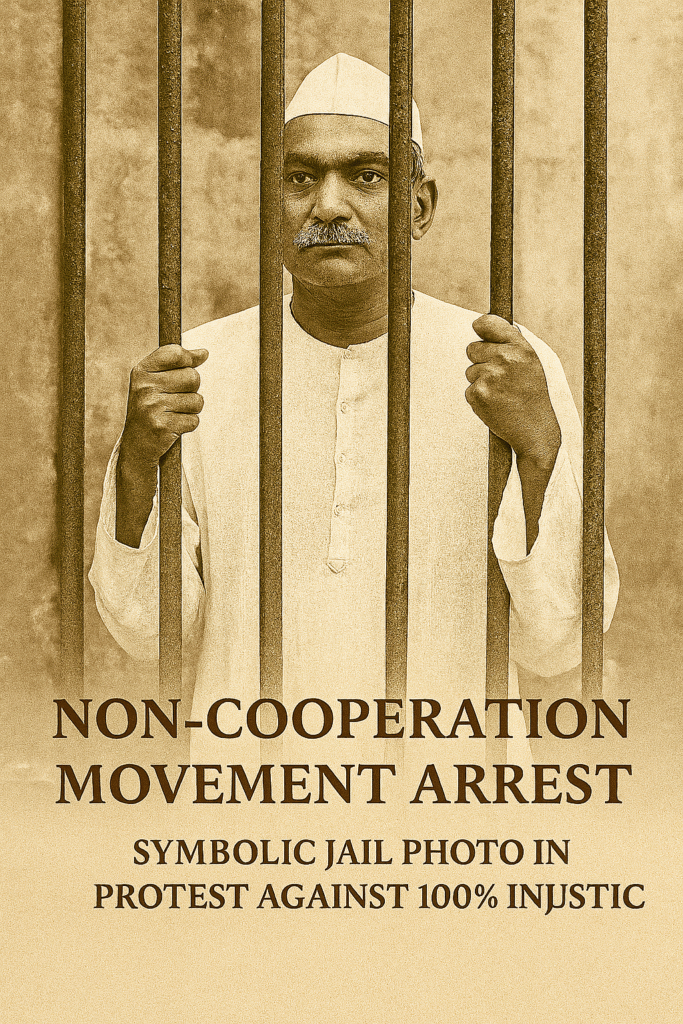
Beyond politics, Rajendra Prasad was a man of letters. He wrote extensively, with works like India Divided and Atmakatha offering deep insights into the challenges of Partition, secularism, and national identity. His writings reflect a mind that was analytical, empathetic, and committed to truth. He believed that education was the foundation of democracy, and he championed institutions that would nurture future generations.
In 1962, Rajendra Prasad was awarded the Bharat Ratna, India’s highest civilian honor. But even this recognition didn’t change his humility. He retired from public life and returned to Bihar, where he lived quietly until his death on February 28, 1963. His passing marked the end of an era, but his legacy continues to inspire.
Today, Rajendra Prasad is remembered not just as a President, but as a symbol of ethical leadership. In a world often driven by noise and spectacle, his life reminds us that true greatness lies in consistency, character, and quiet courage. He didn’t chase headlines—he built history. He didn’t seek applause—he earned respect.
Rajendra Prasad was, and remains, 100% India—100% integrity, 100% service, and 100% legacy.
Table of Contents
🗓️ Speech by Dr. Rajendra Prasad — August 14, 1947, Constitution Hall, Delhi
Speech Title: Address to the Constituent Assembly on the Eve of Independence
📍 Date: August 14, 1947
📍 Location: Constitution Hall, Central Delhi
📍Audience: Members of the Constituent Assembly, national leaders, and dignitaries
📍Occasion/Motive: Final session before India’s independence; reflection on the freedom struggle and vision for nation-building.
🗣️ Summary of the Speech
On the historic night of August 14, 1947, hours before India officially became independent, Dr. Rajendra Prasad, as President of the Constituent Assembly, delivered a deeply moving speech in Hindustani. The hall was filled with emotion—leaders who had fought for decades sat together, preparing to usher in a new era.
Rajendra Prasad began by offering humble thanks to the Almighty, acknowledging the divine force that shapes the destinies of nations. He paid tribute to the sacrifices of countless freedom fighters, emphasizing that their struggle was not just political—it was moral, spiritual, and deeply human.
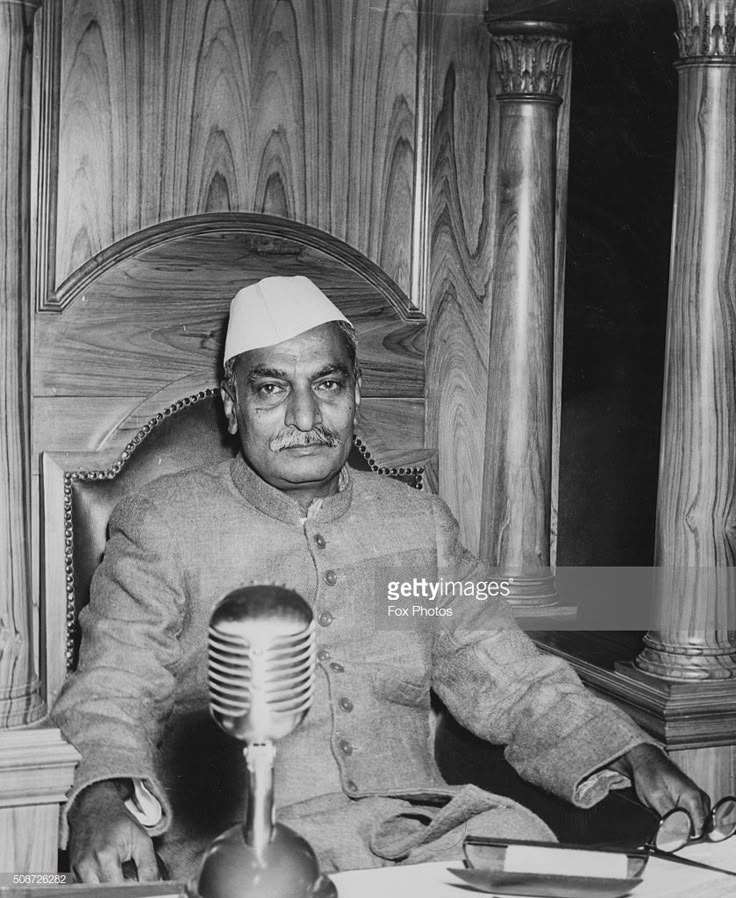
He urged the Assembly to build India not on the race for armaments or power, but on values of peace, justice, and unity. He reminded the members that independence was not the end—it was the beginning of a responsibility to serve, to uplift the poor, and to heal the wounds of Partition.
🧒 1884 – Birth and Early Life
In the quiet village of Ziradei, nestled in the Siwan district of the Bengal Presidency (now Bihar), a child was born on December 3, 1884, who would one day become the moral compass of a newly independent India. That child was Rajendra Prasad—a name that would come to symbolize 100% integrity, 100% service, and 100% devotion to the nation.
Rajendra Prasad’s early life was shaped by the values of a devout and scholarly family. His father, Mahadev Sahai Srivastava, was a learned man—a scholar of Sanskrit and Persian, whose intellectual discipline and spiritual grounding laid the foundation for Rajendra’s character. His mother, Kamleshwari Devi, was deeply religious, instilling in him a sense of humility and moral clarity from a young age. In this nurturing environment, Rajendra Prasad absorbed the essence of Indian culture, ethics, and education—not as abstract ideals, but as daily practices.
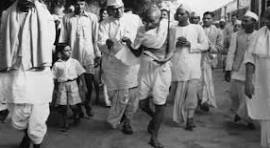
From the very beginning, Rajendra Prasad was 100% committed to learning. His academic brilliance was evident in every classroom he entered. Teachers were astonished by his memory, his discipline, and his quiet confidence. He didn’t just study—he absorbed knowledge like a sponge, always seeking deeper understanding. His early education took place in Chapra District School, and later at T.K. Ghosh’s Academy in Patna, where he consistently ranked at the top of his class.
What set Rajendra Prasad apart wasn’t just his intellect—it was his humility. During his entrance exam at Calcutta University, when the examiner asked, “What should we write about you?” he replied, “Examine me.” That simple, profound response captured the essence of his personality—100% modesty, 100% focus, and 0% ego.
🎓 Academic Excellence and Character Formation
Rajendra Prasad’s academic journey was nothing short of extraordinary. He earned degrees in law, economics, and philosophy, eventually completing a doctorate in law. But he didn’t pursue education for prestige or power—he saw it as a tool for service. He became a professor of English and economics, and later a lawyer at the Patna High Court, where his reputation for fairness and brilliance grew rapidly.
Yet, even as he climbed the ladder of professional success, Rajendra Prasad remained deeply connected to his roots. He lived simply, spoke gently, and treated everyone with respect. His life was a reflection of 100% values, not just achievements.
🇮🇳 The Seeds of Patriotism
While Rajendra Prasad’s early years were marked by academic success, they also sowed the seeds of nationalism and service. He was deeply moved by the plight of Indians under British rule. The teachings of Swami Vivekananda, Dayanand Saraswati, and later Mahatma Gandhi, stirred something powerful within him—a desire to serve not just as a scholar, but as a freedom fighter.
His upbringing in a spiritually rich and intellectually rigorous household gave him the tools to understand India’s challenges—not just politically, but morally. He saw the freedom struggle not as a fight for territory, but as a battle for dignity, unity, and justice.
💬 Legacy of Early Years
The early life of Rajendra Prasad was more than a prelude—it was a blueprint. Every lesson learned in Ziradei, every book read in Patna, every exam topped in Calcutta, shaped a man who would later guide India through its most fragile moments. His childhood was 100% preparation, his youth was 100% discipline, and his early adulthood was 100% service-oriented.
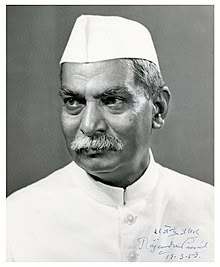
In a world where leadership is often loud and performative, Rajendra Prasad’s story reminds us that true greatness begins in silence—in the quiet pursuit of knowledge, in the humble acceptance of duty, and in the unwavering commitment to values.
Sources:
- Rajendra Prasad – Wikipedia
- Vedantu – Biography of Rajendra Prasad
- Testbook – Rajendra Prasad’s Life and Achievements
🎓 1902–1915: Education and Legal Career
Between the years 1902 and 1915, Rajendra Prasad laid the intellectual foundation for a life that would later shape India’s destiny. These years were not just academic milestones—they were the crucible in which his values, vision, and voice were forged. Every classroom he entered, every book he read, and every case he studied added layers to a personality that was 100% disciplined, 100% service-driven, and 100% committed to India’s awakening.
📍 1902 – Presidency College, Calcutta: The Spark of Scholarship
In 1902, Rajendra Prasad joined Presidency College, Calcutta, one of the most prestigious institutions in British India. For a young man from Ziradei, Bihar, this was a leap into the heart of colonial academia. But Rajendra Prasad didn’t just arrive—he excelled. Known for his razor-sharp intellect and photographic memory, he quickly became one of the brightest minds on campus.
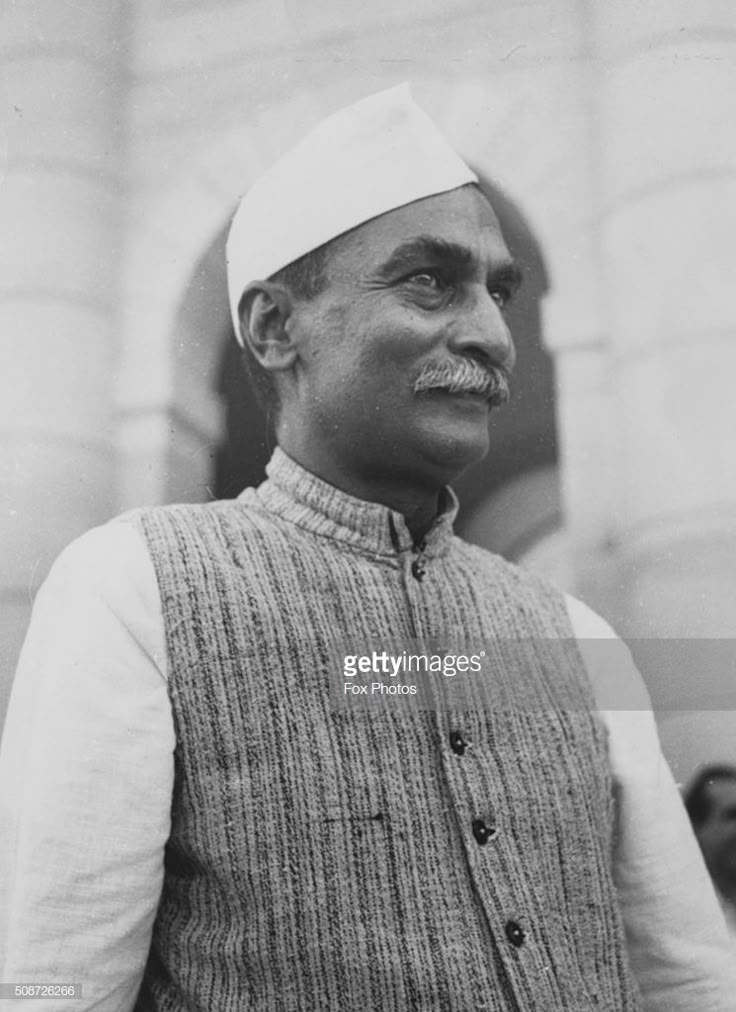
He pursued studies in arts and law, mastering subjects like English, economics, and political science. His professors often remarked on his ability to grasp complex ideas and articulate them with clarity. But what truly set him apart was his 100% humility. Despite his brilliance, he remained grounded, respectful, and deeply connected to his roots.
During his time at Presidency College, Rajendra Prasad witnessed the growing unrest against British rule. The Swadeshi Movement and the Partition of Bengal (1905) stirred nationalist sentiments across campuses. Though he was focused on academics, these events planted seeds of patriotism in his heart—seeds that would later blossom into full-fledged activism.
📍 1910–1915 – University of Calcutta: Law, Logic, and Leadership
After completing his undergraduate studies, Rajendra Prasad enrolled in the Department of Law at the University of Calcutta. His decision to study law was not driven by ambition, but by a desire to understand justice—not just as a legal concept, but as a moral imperative.
In 1915, he appeared for the Master’s in Law examination and passed with distinction, earning a gold medal for his academic excellence. This wasn’t just a personal achievement—it was a national asset. India needed lawyers who could challenge colonial laws, defend civil rights, and articulate the case for independence. Rajendra Prasad was now equipped to do all three.
His legal education sharpened his analytical skills, deepened his understanding of constitutional frameworks, and prepared him for the complex debates that would later shape India’s Constitution. But even as he mastered the intricacies of law, he never lost sight of the human dimension. For Rajendra Prasad, law was not about winning arguments—it was about uplifting lives.
📍 Teaching at Calcutta City College: The Scholar as Mentor
Parallel to his legal studies, Rajendra Prasad took up a position as a professor of economics at Calcutta City College. This role allowed him to engage with young minds, share his knowledge, and inspire future leaders. His lectures were known for their clarity, depth, and relevance. He didn’t just teach theories—he connected them to India’s socio-political realities.
As a teacher, he was 100% committed to nurturing intellect, 100% focused on ethical education, and 100% invested in his students’ growth. Many of his students would later recall how his words planted in them a sense of purpose and pride.
His dual role as a student and teacher reflected his belief that learning is a lifelong journey. Even while teaching, he continued to study, write, and reflect. His days were filled with books, debates, and quiet contemplation—a routine that would define his approach to leadership in later years.
📍 1916 – Legal Practice at Patna High Court: Justice in Action
After completing his law degree, Rajendra Prasad began practicing at the Patna High Court in 1916. His reputation as a lawyer grew rapidly. Clients admired his honesty, judges respected his clarity, and peers valued his integrity. He was known for taking up cases that involved social justice, land rights, and civil liberties.
But Rajendra Prasad wasn’t just building a career—he was building a conscience. He saw firsthand how colonial laws were used to suppress the poor, marginalize communities, and stifle dissent. These experiences deepened his resolve to fight for a free, fair, and inclusive India.
His legal practice also brought him closer to grassroots realities. He traveled across Bihar, met farmers, workers, and students, and listened to their struggles. This exposure made him 100% empathetic, 100% grounded, and 100% ready to serve.
💬 Legacy of the 1902–1915 Phase
The years between 1902 and 1915 were transformative for Rajendra Prasad. They turned a brilliant student into a compassionate teacher, a sharp lawyer into a thoughtful activist, and a quiet scholar into a future statesman. Every step he took during this period was marked by discipline, purpose, and patriotism.
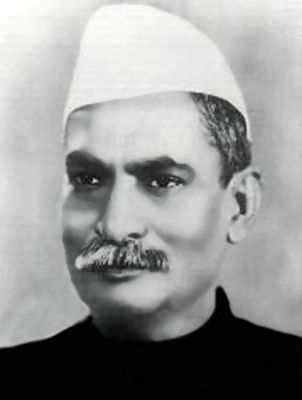
He didn’t chase titles—he earned respect. He didn’t seek power—he built capacity. He didn’t speak loudly—he spoke wisely.
In today’s world, where leadership is often measured by visibility, Rajendra Prasad’s journey reminds us that true greatness is built in silence, in classrooms, in courtrooms, and in moments of quiet reflection. His life during these years was 100% preparation, 100% principle, and 100% promise—a promise he would fulfill in the decades to come.
Sources:
Drishti IAS – Rajendra Prasad Birth Anniversary PDF
Wikipedia – Rajendra Prasad
Education Masters – Rajendra Prasad Biography
🇮🇳 1911–1930: Entry into the Freedom Movement
Between 1911 and 1930, Rajendra Prasad transitioned from a brilliant scholar and lawyer into a fearless freedom fighter and national leader. These two decades were the crucible in which his ideals were tested, his courage was forged, and his legacy began to take shape. Every step he took during this period was marked by 100% conviction, 100% sacrifice, and 100% love for India.
📍 1911 – Joining the Indian National Congress: The First Step Toward Service
In 1911, Rajendra Prasad formally joined the Indian National Congress, the political platform that would become the heartbeat of India’s independence movement. At the time, Congress was evolving from a forum of elite discussion into a mass movement, and Rajendra Prasad’s entry marked the beginning of his 100% commitment to public service.
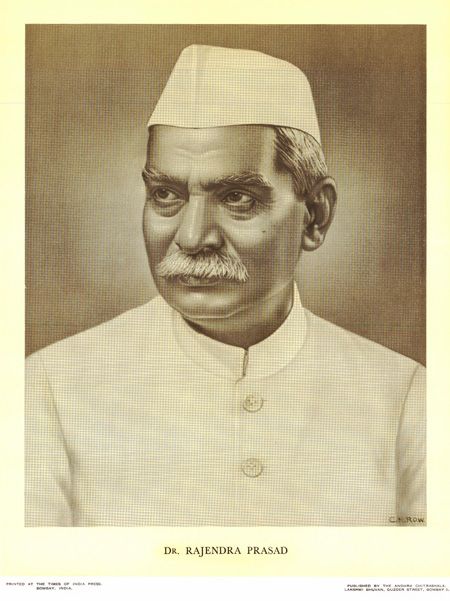
He didn’t join for fame or position. He joined because he believed in the idea of Swaraj—self-rule—and in the power of collective action. His legal background and deep understanding of Indian society made him a valuable asset. But more than that, his humility, discipline, and moral clarity made him a natural leader.
Rajendra Prasad began attending Congress sessions, engaging in debates, and building networks across Bihar. He was particularly focused on education, rural upliftment, and social reform—issues that would remain central to his work throughout his life.
📍 1917 – Champaran Satyagraha: The Turning Point
In 1917, Rajendra Prasad’s life took a decisive turn when Mahatma Gandhi arrived in Bihar to lead the Champaran Satyagraha. The movement aimed to address the exploitation of indigo farmers by British planters. Gandhi needed local support—and Rajendra Prasad answered the call.
Initially skeptical of Gandhi’s methods, Rajendra Prasad soon became one of his staunchest allies. He mobilized volunteers, organized relief, and helped document the atrocities faced by farmers. He didn’t just observe—he acted. He walked through villages, listened to stories of suffering, and used his legal expertise to challenge colonial injustice.
This experience transformed him. He saw firsthand how non-violent resistance, when rooted in truth and compassion, could shake the foundations of empire. Champaran was not just a political victory—it was a moral awakening. Rajendra Prasad emerged from it as a 100% Gandhian, committed to truth, non-violence, and grassroots empowerment.
📍 1920 – Non-Cooperation Movement: The Price of Patriotism
In 1920, Gandhi launched the Non-Cooperation Movement, urging Indians to boycott British institutions and embrace self-reliance. Rajendra Prasad was among the first to respond. He gave up his legal practice, resigned from government-linked positions, and plunged into activism full-time.
He traveled across Bihar, delivering speeches, organizing protests, and encouraging youth to join the movement. His message was clear: freedom requires sacrifice, and every Indian must contribute. His leadership was calm but firm, rooted in 100% conviction and 0% compromise.
The British authorities saw him as a threat. He was arrested and imprisoned—one of several times he would endure jail for the nation. But even behind bars, Rajendra Prasad remained a beacon of hope. He wrote letters, studied scriptures, and reflected deeply on India’s future. His time in prison was not wasted—it was 100% preparation for leadership.
📍 Bihar Congress Committee: Building the Regional Backbone
During this period, Rajendra Prasad was elected President of the Bihar Congress Committee, a role that allowed him to shape the movement at the grassroots level. He focused on education, sanitation, and political awareness, believing that true freedom must begin in the villages.
He built networks of volunteers, trained young leaders, and ensured that Congress’s message reached even the most remote corners of Bihar. His leadership was inclusive—he welcomed people of all castes, religions, and backgrounds. He believed that India’s strength lay in its unity, and he worked tirelessly to foster it.
Under his guidance, Bihar became a stronghold of nationalist activity. His speeches inspired thousands, his actions built trust, and his presence gave people courage. He was not just a leader—he was a symbol of ethical resistance, a man who lived what he preached.
💬 Legacy of the 1911–1930 Phase
The years between 1911 and 1930 were foundational for Rajendra Prasad. They transformed him from a scholar into a soldier of freedom, from a lawyer into a leader, and from a citizen into a symbol. His journey during this period was marked by 100% sacrifice, 100% service, and 100% belief in India’s destiny.
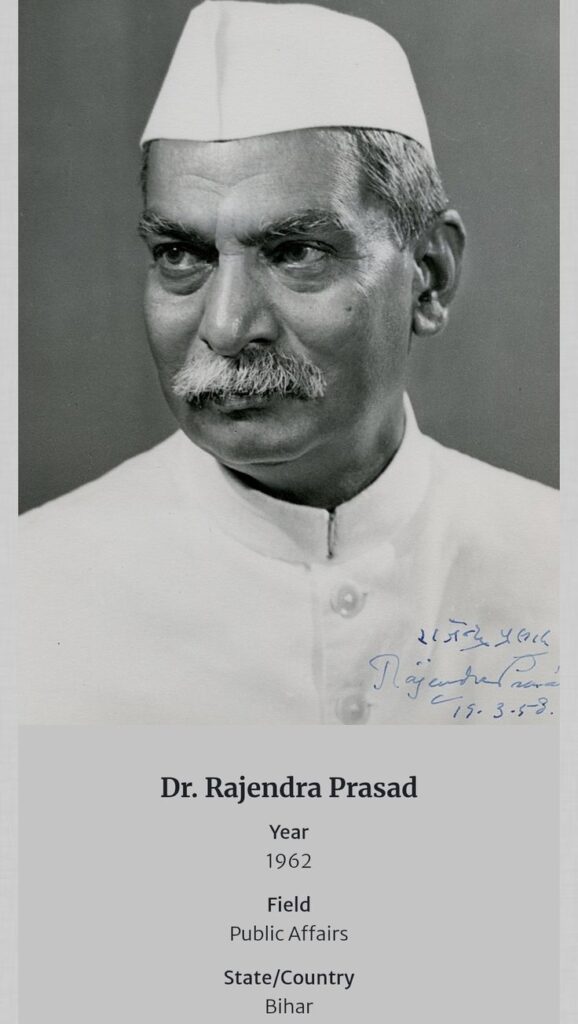
He didn’t seek power—he earned respect. He didn’t chase titles—he built trust. He didn’t speak for applause—he spoke for justice.
In today’s world, where leadership is often loud and transactional, Rajendra Prasad’s story reminds us that true greatness is quiet, principled, and people-centered. His life during these years was a masterclass in ethical activism, and his legacy continues to inspire every Indian who dreams of a better tomorrow.
Sources:
- Wikipedia – Rajendra Prasad
- Testbook – Rajendra Prasad Biography
- IJARIIE – Role in Political Movements
🏛️ 1930–1946: Leadership and Imprisonment
Between 1930 and 1946, Rajendra Prasad emerged as one of the most resolute and morally grounded leaders of India’s freedom movement. These sixteen years were marked by mass uprisings, brutal repression, and the relentless pursuit of independence. Through it all, Rajendra Prasad stood firm—100% committed to non-violence, 100% loyal to Gandhian ideals, and 100% invested in building a united, educated India.
📍 1930 – Civil Disobedience Movement: Lawful Defiance, Moral Strength
The Civil Disobedience Movement, launched by Mahatma Gandhi in 1930, was a direct challenge to British authority. Indians were urged to break unjust laws peacefully—refusing to pay taxes, boycotting British goods, and defying colonial restrictions. Rajendra Prasad didn’t just support the movement—he led it in Bihar with 100% conviction.
He organized protests, mobilized volunteers, and encouraged people to join the Salt Satyagraha, a symbolic act of resistance against British monopoly. His leadership was not loud—it was strategic, ethical, and deeply rooted in empathy. He believed that civil disobedience was not just a political tool, but a moral obligation.
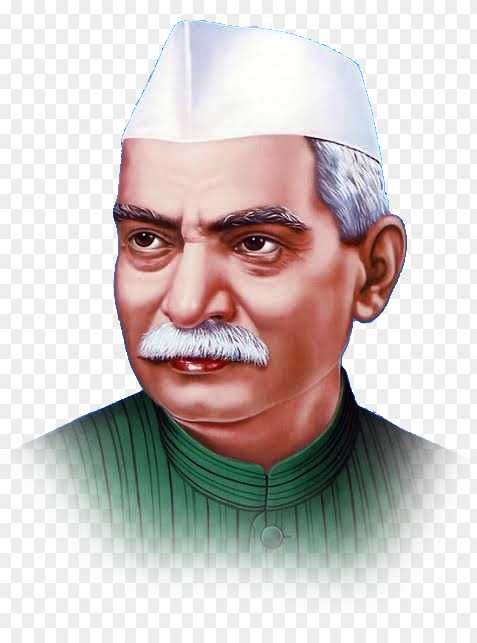
British authorities responded with arrests and crackdowns. Rajendra Prasad was imprisoned, but his spirit remained unbroken. In jail, he continued to write, reflect, and inspire. His letters from prison reveal a man who saw suffering not as punishment, but as 100% sacrifice for a greater cause.
📍 1932–1939 – Repression and Resilience: The Quiet Warrior
After the initial wave of civil disobedience, the British intensified their repression. Many leaders were jailed, movements were banned, and hope seemed dim. But Rajendra Prasad remained active—organizing underground networks, supporting local struggles, and advocating for unity.
He became a bridge between communities, especially during times of communal tension. His speeches emphasized Hindu-Muslim harmony, urging Indians to see beyond religion and focus on shared goals. He believed that freedom without unity was fragile, and he worked tirelessly to build trust across divides.
During this period, Rajendra Prasad also focused on education reform. He believed that an informed citizenry was essential for democracy. He supported the creation of schools, promoted vernacular education, and encouraged youth to think critically. His vision was 100% inclusive, aiming to uplift every section of society.
📍 1942 – Quit India Movement: The Final Push
In 1942, the Indian National Congress launched the Quit India Movement, demanding an immediate end to British rule. It was one of the most intense phases of the freedom struggle, marked by mass arrests, violence, and widespread unrest. Rajendra Prasad once again stepped into the frontline—100% fearless, 100% principled, and 100% ready to face consequences.
He was arrested and imprisoned for nearly three years. But even in confinement, he remained a guiding force. His writings from this period reflect deep concern for India’s future, especially the dangers of communal division and the need for constitutional clarity.
He believed that freedom must be built on a foundation of justice, unity, and education. His thoughts laid the groundwork for his later role in the Constituent Assembly, where he would help shape the soul of independent India.
📍 1945–1946 – Preparing for Nationhood: The Statesman Emerges
As World War II ended and the British began negotiations for India’s independence, Rajendra Prasad emerged as a key statesman. He participated in discussions, helped mediate between factions, and prepared the Congress for the responsibilities of governance.
His reputation for honesty, wisdom, and impartiality made him a natural choice for leadership. In 1946, he was elected President of the Constituent Assembly, a role that would define his legacy. But this elevation was not sudden—it was the result of decades of 100% service, 100% sacrifice, and 100% moral leadership.
💬 Legacy of the 1930–1946 Phase
These sixteen years were the most intense and defining period of Rajendra Prasad’s public life. He faced imprisonment, communal strife, political uncertainty, and personal sacrifice. Yet, he never wavered. He remained 100% committed to Gandhian values, 100% focused on unity, and 100% invested in building an India that was just, inclusive, and free.
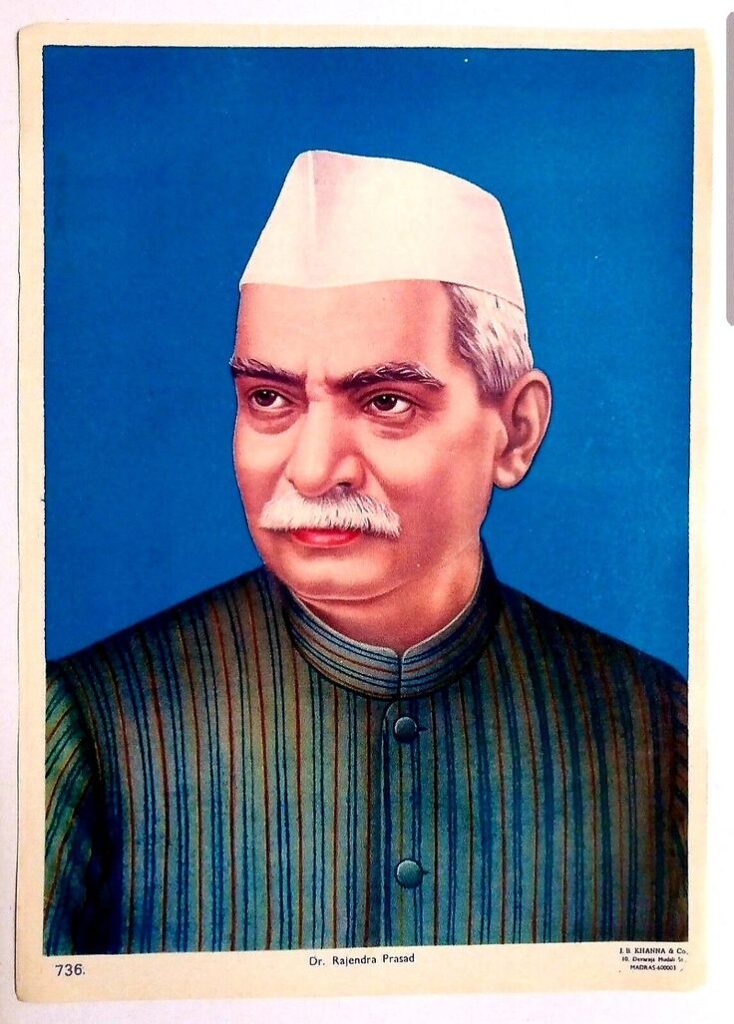
He didn’t seek power—he earned trust. He didn’t chase headlines—he built history. He didn’t divide—he united.
In today’s world, where leadership often bends to convenience, Rajendra Prasad’s story is a reminder that true leadership is about principle, perseverance, and people. His journey from protest to prison to presidency is not just a chapter in history—it’s a blueprint for ethical nation-building.
Sources:
- Chahal Academy – Rajendra Prasad UPSC Notes
- Vajiram & Ravi – Biography and Achievements
- Wikipedia – Rajendra Prasad
📜 1946–1950: President of the Constituent Assembly
Between 1946 and 1950, Rajendra Prasad stood at the helm of one of the most historic undertakings in Indian history—the drafting of the Indian Constitution. These years were not just about legal frameworks and parliamentary debates; they were about shaping the soul of a newly independent nation. Rajendra Prasad led this process with 100% integrity, 100% impartiality, and 100% commitment to democratic ideals, becoming the moral and intellectual anchor of India’s constitutional journey.
📍 December 11, 1946 – Elected President of the Constituent Assembly
On December 11, 1946, Rajendra Prasad was unanimously elected as the President of the Constituent Assembly of India. This was no ceremonial role—it was a position of immense responsibility. The Assembly was tasked with drafting a Constitution for a country that had just emerged from colonial rule, communal strife, and the trauma of Partition.
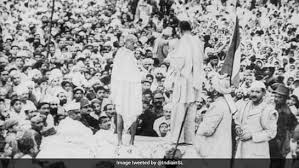
Rajendra Prasad’s election was a reflection of his 100% credibility among leaders across ideological lines. He was known for his calm demeanor, sharp intellect, and unwavering moral compass. His leadership style was inclusive, respectful, and deeply rooted in Gandhian values. He didn’t dominate debates—he facilitated them. He didn’t impose decisions—he built consensus.
As President, he ensured that the Assembly functioned smoothly, that every member—regardless of background—had a voice, and that the process remained transparent and principled. His presence gave the Assembly a sense of direction and dignity.
📍 1946–1949 – Oversight of Drafting the Indian Constitution
Under Rajendra Prasad’s stewardship, the Constituent Assembly worked tirelessly for nearly three years, holding 165 meetings and debating every aspect of governance—from fundamental rights to federal structure, from minority protections to language policy.
He oversaw the work of various committees, including the Drafting Committee chaired by Dr. B.R. Ambedkar, and ensured that their recommendations were debated thoroughly. Rajendra Prasad’s role was not just administrative—it was 100% philosophical. He often intervened to clarify principles, resolve conflicts, and uphold the spirit of democracy.
He believed that the Constitution should reflect India’s diversity, its civilizational values, and its modern aspirations. He encouraged members to think beyond immediate politics and focus on long-term nation-building. His speeches during this period are a masterclass in constitutional ethics, emphasizing justice, liberty, equality, and fraternity.
Rajendra Prasad also played a key role in bridging ideological divides. At a time when India was grappling with communal tensions and political fragmentation, he remained a voice of reason and unity. He reminded the Assembly that the Constitution was not just a legal document—it was a social contract, a moral compass, and a vision for India’s future.
📍 November 26, 1949 – Adoption of the Constitution
On November 26, 1949, the Constituent Assembly formally adopted the Constitution of India, and Rajendra Prasad delivered a deeply moving address. He paid tribute to the sacrifices of freedom fighters, acknowledged the contributions of fellow Assembly members, and emphasized the responsibility that came with freedom.
His speech was not triumphant—it was reflective. He reminded the nation that true democracy requires vigilance, ethical leadership, and active citizenship. He urged future generations to uphold the values enshrined in the Constitution and to never let power override principle.
This moment marked the culmination of 100% dedication, 100% collaboration, and 100% belief in India’s potential. Rajendra Prasad’s leadership ensured that the Constitution was not just adopted—it was embraced.
📍 January 26, 1950 – Transition to Republic and Presidency
On January 26, 1950, India officially became a Republic, and Rajendra Prasad was sworn in as the first President of India. This transition was symbolic—he moved from presiding over the creation of the Constitution to upholding it as the head of state.
His presidency was marked by constitutional fidelity, non-partisan conduct, and deep respect for democratic institutions. He set a precedent for future Presidents, showing that the role was not about power, but about guardianship of values.
💬 Legacy of the 1946–1950 Phase
The years between 1946 and 1950 were the most intellectually and morally demanding phase of Rajendra Prasad’s life. He led India through the birth of its Constitution, navigated complex debates, and laid the foundation for a democratic republic. His leadership was 100% ethical, 100% inclusive, and 100% visionary.
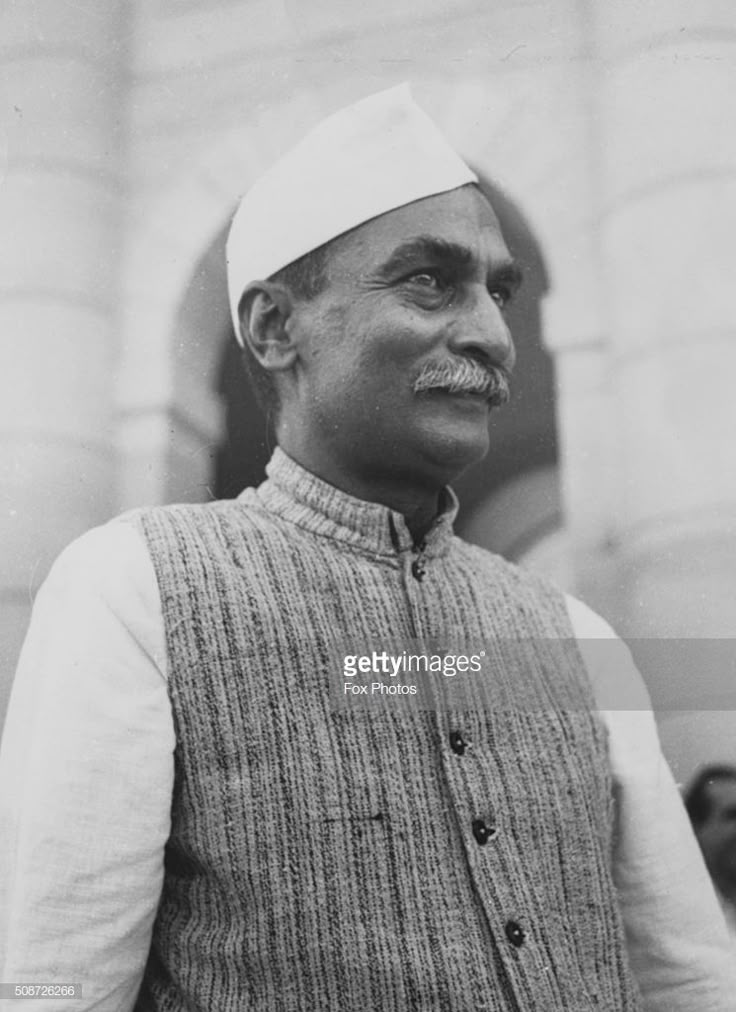
He didn’t seek applause—he earned reverence. He didn’t chase authority—he built institutions. He didn’t divide—he united.
In today’s world, where constitutional values are often tested, Rajendra Prasad’s legacy reminds us that true leadership is about principle, patience, and purpose. His role in shaping India’s democratic framework is not just a chapter in history—it’s a beacon for every citizen who believes in justice and unity.
Sources:
Rajendra Prasad – Wikipedia
Vajiram & Ravi – Constituent Assembly Overview
Testbook – President of Constituent Assembly
🇮🇳 1950–1962 – First President of India
Between 1950 and 1962, Rajendra Prasad served as the first President of independent India, guiding the young republic through its formative years with unmatched dignity, wisdom, and restraint. His presidency wasn’t just a constitutional milestone—it was a moral compass for a nation learning to govern itself. With 100% non-partisan leadership, 100% constitutional fidelity, and 100% service to the people, Rajendra Prasad set a gold standard that remains unmatched.
📍 January 26, 1950 – Becoming the First President of India
On Republic Day, January 26, 1950, India officially adopted its Constitution and transitioned from a dominion under British rule to a sovereign republic. In this historic moment, Rajendra Prasad was sworn in as the first President of India, becoming the ceremonial head of state and the guardian of the Constitution.
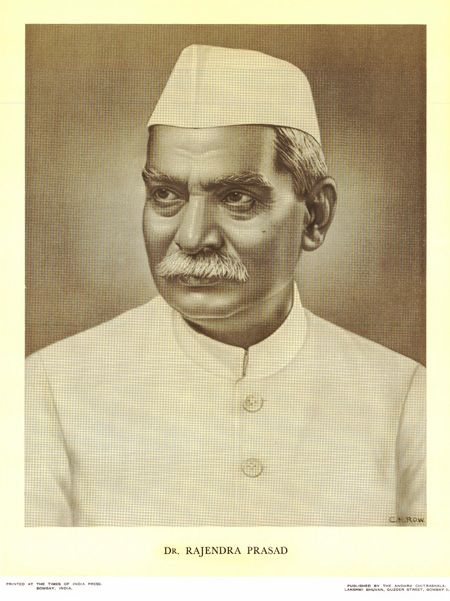
His election was unanimous. Leaders across the political spectrum recognized his 100% credibility, 100% humility, and 100% dedication to democratic values. He had already presided over the Constituent Assembly with grace and impartiality, and now he was entrusted with upholding the very document he helped shape.
As President, Rajendra Prasad chose simplicity over grandeur. He refused lavish privileges, lived modestly, and remained deeply connected to the people. His presidency was not about power—it was about principle.
📍 1952 – Re-Elected for a Second Term
In 1952, India held its first general elections under the new Constitution. Rajendra Prasad was re-elected as President, reaffirming the nation’s trust in his leadership. His second term was marked by stability, institution-building, and constitutional clarity.
He maintained a non-partisan stance, even as political tensions rose. His relationship with Prime Minister Jawaharlal Nehru was respectful but independent. When he disagreed with government decisions—such as on Hindu Code Bills—he voiced his concerns with 100% dignity and 0% confrontation.
Rajendra Prasad believed that the President’s role was not to interfere, but to guide silently, ensuring that the spirit of the Constitution was preserved. His speeches during this period emphasized national unity, secularism, and ethical governance.
📍 1957 – Third Term: A Record of Trust
In 1957, Rajendra Prasad was re-elected for a third term, becoming the only Indian President to serve three terms—a record that stands to this day. This unprecedented trust reflected his 100% moral authority and 100% public respect.
During his third term, India faced challenges—economic development, linguistic reorganization of states, and rising political competition. Through it all, Rajendra Prasad remained a pillar of constitutional stability. He continued to uphold the dignity of the office, never allowing personal views to cloud his responsibilities.
He traveled extensively across India, meeting citizens, visiting institutions, and promoting education and unity. His presence was reassuring—a reminder that India’s democracy was anchored in values, not just votes.
📍 Presidential Philosophy: Service Over Power
Rajendra Prasad’s presidency was guided by a simple yet profound philosophy: the President must be the conscience of the nation. He believed in 100% transparency, 100% accountability, and 100% service.
He never sought to expand his powers. Instead, he focused on strengthening institutions, respecting parliamentary procedures, and promoting civic responsibility. His conduct set a precedent for future Presidents, showing that the office was not about dominance, but about dignity and duty.
He also emphasized the importance of education, rural development, and social harmony. His speeches often addressed youth, urging them to build a nation rooted in truth, tolerance, and hard work.
📍 1962 – Retirement and Bharat Ratna
After serving three terms, Rajendra Prasad chose not to seek a fourth. In 1962, he retired from public life, leaving behind a legacy of unblemished service. That same year, he was awarded the Bharat Ratna, India’s highest civilian honor—a fitting tribute to a life lived in 100% service of the nation.
He returned to Bihar, where he spent his final months in quiet reflection. On February 28, 1963, he passed away in Patna, leaving behind a legacy that continues to inspire generations.
💬 Legacy of the 1950–1962 Phase
Rajendra Prasad’s presidency was not just a constitutional chapter—it was a moral narrative. He showed that leadership is not about control, but about character. His tenure was marked by 100% restraint, 100% wisdom, and 100% commitment to India’s democratic soul.
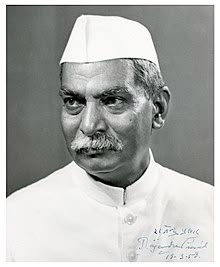
He didn’t seek headlines—he built institutions. He didn’t chase applause—he earned reverence. He didn’t divide—he united.
In today’s world, where leadership often bends to convenience, Rajendra Prasad’s story reminds us that true greatness lies in quiet strength, ethical clarity, and unwavering service.
Sources:
🏅 Rajendra Prasad: 1962 – Bharat Ratna Award
In 1962, Rajendra Prasad reached the final chapter of his public life—a chapter marked by national gratitude and personal retreat. After serving India with unwavering dedication as its first President, he was awarded the Bharat Ratna, the country’s highest civilian honor. That same year, he chose to retire from public life, leaving behind a legacy of 100% service, 100% constitutional fidelity, and 100% moral leadership.
📍 1962 – Bharat Ratna: A Nation’s Salute to Its Conscience
The Bharat Ratna, instituted in 1954, is awarded for exceptional service in art, literature, science, and public service. In 1962, Rajendra Prasad became one of its most deserving recipients. The award was not just a recognition of his achievements—it was a national salute to his character.
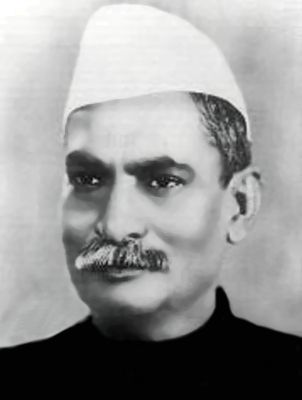
By then, Rajendra Prasad had already served three terms as President, presided over the Constituent Assembly, and played a pivotal role in India’s freedom movement. But what made him truly worthy of the Bharat Ratna was his 100% integrity, his unshakable commitment to Gandhian values, and his ability to lead without ego.
The announcement of the award was met with widespread admiration. Political leaders, civil society, and ordinary citizens saw it as a fitting tribute to a man who had never sought power, but had always embraced responsibility. His reaction was characteristically humble—he accepted the honor with gratitude, grace, and quiet dignity.
📍 The Final Presidential Days: Graceful Exit, Lasting Impact
Even as he received the Bharat Ratna, Rajendra Prasad was preparing to step away from public life. His third term as President was nearing its end, and he had already made it clear that he would not seek a fourth. He believed that leadership must be rotational, not perpetual, and that service must be selfless, not possessive.
His final months in office were marked by reflection, restraint, and readiness. He continued to fulfill his duties with 100% dedication, attending official functions, meeting dignitaries, and offering counsel when needed. But he also began to withdraw from the spotlight, preparing for a life of quiet contemplation.
On May 13, 1962, he handed over the presidency to Dr. Sarvepalli Radhakrishnan, another towering intellectual and statesman. The transition was smooth, respectful, and symbolic—one philosopher-president passing the torch to another. It was a moment that reflected the maturity of India’s democracy, and the depth of Rajendra Prasad’s humility.
📍 Retirement: Return to Roots, Reflection, and Writing
After leaving Rashtrapati Bhavan, Rajendra Prasad returned to Sadaqat Ashram in Patna, a place deeply associated with the freedom movement. He chose a simple life, surrounded by books, memories, and the quietude of nature. He spent his days writing, reading scriptures, and receiving occasional visitors.
His retirement was not an escape—it was a return to essence. He had always believed that public service must end with grace, not clinging. He didn’t seek advisory roles, political influence, or ceremonial positions. He simply chose to live as a citizen—100% free, 100% fulfilled, and 100% at peace.
During this time, he penned reflections on India’s journey, the Constitution, and the moral responsibilities of leadership. His writings from this period are deeply philosophical, offering insights into dharma, democracy, and duty.
📍 Legacy of 1962: The Final Gift to India
The year 1962 was not just the end of Rajendra Prasad’s public life—it was the beginning of his immortal legacy. The Bharat Ratna was a symbol, but his true reward was the respect of a nation, the trust of generations, and the enduring relevance of his values.
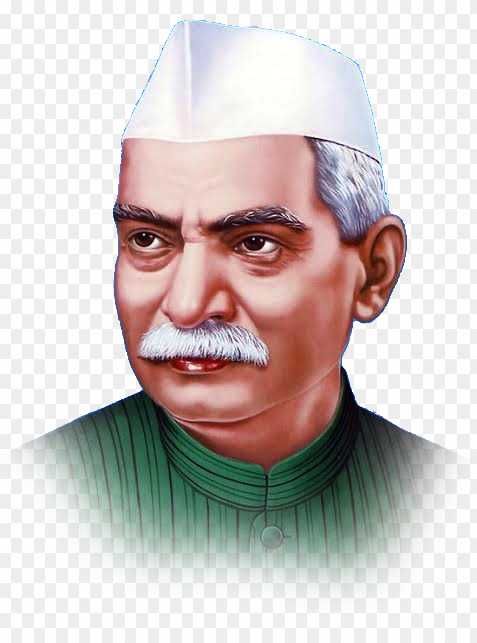
His retirement reminded India that true leadership is about knowing when to step forward—and when to step back. His humility in accepting the Bharat Ratna, and his quiet exit from power, set a precedent that few have matched.
Even today, Rajendra Prasad is remembered not just as a President, but as a moral architect of India. His life was a blueprint for ethical governance, his words a guide for constitutional fidelity, and his legacy a mirror for every leader who seeks to serve.
Sources:
- Indian Institute of Public Administration – Bharat Ratna Tribute
- Congress Sandesh – Gems of Congress: Deshratna Dr. Rajendra Prasad
- Drishti IAS – Rajendra Prasad Birth Anniversary PDF
📍 1963 – Final Reflections and Passing
After receiving the Bharat Ratna in 1962 and retiring from public life, Rajendra Prasad entered a phase of quiet reflection. He had given India his intellect, his integrity, and his unwavering service. Now, in the final chapter of his life, he chose solitude over spotlight, humility over headlines, and contemplation over ceremony. His passing on February 28, 1963, marked the end of an era—but the beginning of an eternal legacy.
🏡 Return to Sadaqat Ashram: A Statesman’s Retreat
Following his retirement, Rajendra Prasad returned to Sadaqat Ashram in Patna, a place deeply intertwined with the freedom movement. It was here that he had once strategized protests, mentored young activists, and hosted Gandhian dialogues. Now, it became his sanctuary.
He lived simply—surrounded by books, memories, and the quietude of nature. He spent his days writing, reading scriptures, and receiving occasional visitors. His reflections during this time were profound, touching on dharma, democracy, and the moral responsibilities of leadership. He believed that public life must end with grace, not clinging, and that retirement was not a retreat, but a return to essence.
📚 Final Writings: Wisdom for Generations
Even in retirement, Rajendra Prasad continued to write. His essays and letters from this period reveal a man deeply concerned about India’s moral compass, the role of youth, and the importance of constitutional values. He emphasized that freedom was not just a political achievement—it was a daily discipline, a collective responsibility, and a spiritual journey.
He wrote about the dangers of communalism, the need for ethical governance, and the importance of education. His tone was never bitter—always hopeful, always constructive. His words were 100% wisdom, 100% humility, and 100% love for India.
🕯️ February 28, 1963 – A Nation Mourns
On February 28, 1963, Rajendra Prasad passed away in Patna at the age of 78. The news sent ripples across the country. Political leaders, students, farmers, and citizens from all walks of life mourned the loss of a man who had been India’s conscience, its constitutional architect, and its moral compass.
Tributes poured in from across the world. Newspapers called him the “Father of the Indian Republic.” Schools held memorials. Parliament observed silence. But the most heartfelt tributes came from ordinary Indians—those who had never met him, but felt guided by his life.
His funeral was simple, as he had wished. No grand procession, no political spectacle—just a quiet farewell to a man who had lived with 100% simplicity, 100% service, and 100% soul.
💬 Eternal Legacy: Rajendra Prasad Lives On
Though Rajendra Prasad left the world in 1963, his legacy remains timeless. Every time the Constitution is invoked, his spirit is present. Every time a leader chooses principle over power, his example shines. Every time a citizen stands up for justice, his voice echoes.
He didn’t build monuments—he built values. He didn’t seek fame—he earned reverence. He didn’t divide—he united.
In today’s India, where democracy faces new challenges, Rajendra Prasad’s life is a reminder that true leadership is quiet, ethical, and enduring. His journey from Ziradei to Rashtrapati Bhavan, from student to statesman, from lawyer to legend, is not just history—it’s a blueprint for national character.
Rajendra Prasad was, and will always be, 100% India.
🕊️ Conclusion: Rajendra Prasad — 100% Legacy, 100% India
Rajendra Prasad was not just the first President of India—he was the first citizen of conscience, the first architect of democratic grace, and the first embodiment of leadership rooted in values. From his birth in Ziradei in 1884 to his final breath in Patna in 1963, his life was a masterclass in 100% integrity, 100% humility, and 100% service.
He didn’t chase power—he carried responsibility. He didn’t seek applause—he earned reverence. He didn’t divide—he united.
As a freedom fighter, Rajendra Prasad stood shoulder to shoulder with Mahatma Gandhi, organizing the Champaran Satyagraha, enduring imprisonment during the Non-Cooperation Movement, and leading with quiet strength during the Quit India Movement. His voice was never loud, but it was always heard—because it spoke truth.
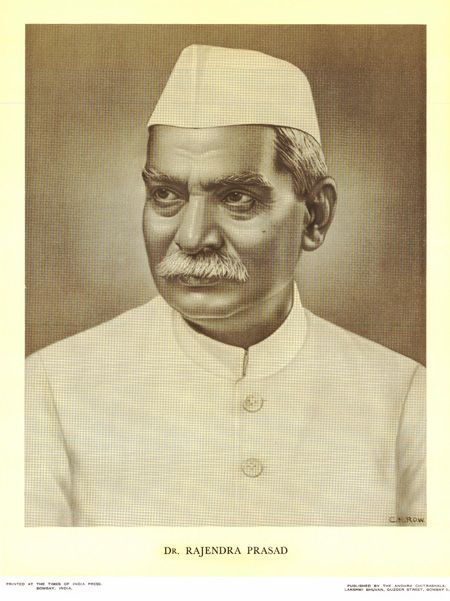
As the President of the Constituent Assembly, he guided India’s most sacred task: the drafting of the Indian Constitution. He presided not with authority, but with wisdom. He ensured that every clause reflected India’s soul—its diversity, its dignity, and its dream of justice.
As the first President of India, Rajendra Prasad redefined leadership. He served three terms, the longest in Indian history, yet never let power cloud his humility. He lived simply, spoke wisely, and upheld the Constitution with 100% fidelity. His relationship with Prime Minister Jawaharlal Nehru was built on mutual respect and principled dialogue—a model for democratic maturity.
In 1962, when he was awarded the Bharat Ratna, it wasn’t just a medal—it was a nation’s salute to its moral compass. And when he retired that same year, he didn’t cling to influence—he returned to Sadaqat Ashram, choosing reflection over recognition.
On February 28, 1963, India lost a statesman, but gained an eternal symbol. Rajendra Prasad’s legacy lives on in every constitutional value, every act of ethical governance, and every citizen who believes in service over self.
In today’s world, where leadership often bends to convenience, Rajendra Prasad’s life reminds us that true greatness is quiet, consistent, and courageous. He was 100% India—in thought, in action, and in spirit.
Let his story echo through classrooms, parliaments, and hearts. Let his values guide the next generation. Let his name be not just remembered—but revered.
Rajendra Prasad didn’t just lead India. He shaped its soul.
📘 FAQ: Understanding Rajendra Prasad
1. What made Rajendra Prasad’s leadership style uniquely Indian?
Answer: Rajendra Prasad’s leadership was rooted in Indian civilizational values—dharma, humility, and collective responsibility. Unlike Western models of assertive command, he led through consensus, quiet strength, and moral clarity. His decisions reflected 100% cultural empathy, blending modern governance with timeless Indian ethics.
2. Why did Rajendra Prasad never seek political dominance despite his stature?
Answer: Because for him, service was sacred, not strategic. He believed that true leadership meant uplifting others, not elevating oneself. Even as President, he remained 100% constitutional, refusing to interfere in politics, and choosing restraint over rhetoric. His legacy is proof that power without ego is possible.
3. How did Rajendra Prasad’s legal background shape his role in the Constituent Assembly?
Answer: His legal training gave him 100% clarity on justice, rights, and constitutional balance. But more importantly, it taught him the art of listening, reasoning, and resolving conflict. As President of the Assembly, he didn’t just moderate debates—he channeled them into unity, ensuring that law served the people, not just the state
4. What was Rajendra Prasad’s emotional response to Partition?
Answer: Though he rarely spoke of personal pain, his writings reveal a deep 100% sorrow for the human cost of Partition. He mourned the loss of unity, but never lost hope. He believed that India’s soul was resilient, and that healing would come through education, empathy, and ethical leadership.
5. Why is Rajendra Prasad still relevant in today’s India?
Answer: Because he represents the India we aspire to be—ethical, inclusive, and constitutionally grounded. In an age of noise, his silence speaks volumes. In a time of division, his unity inspires. Rajendra Prasad is not just history—he’s a living blueprint for 100% principled leadership.
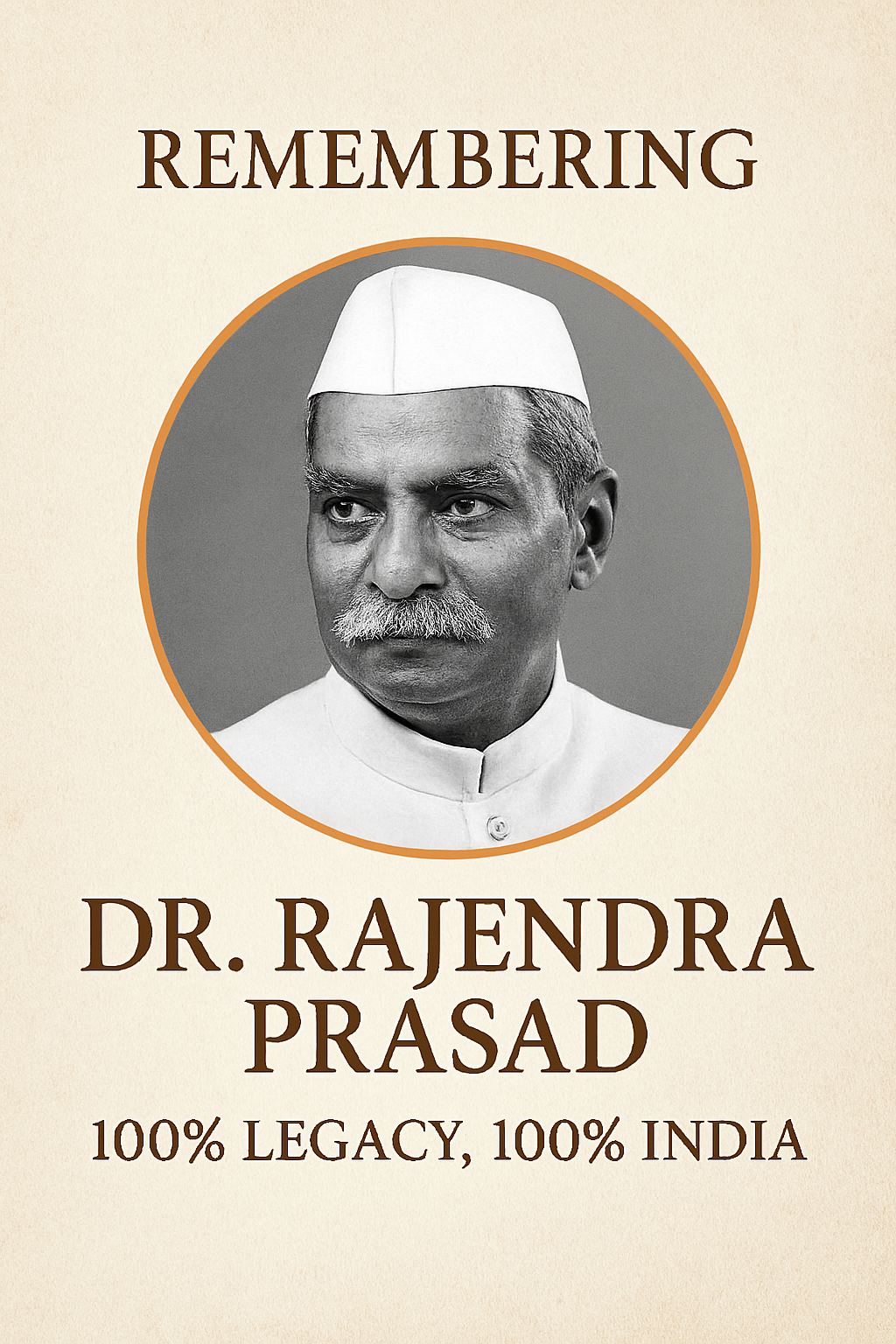
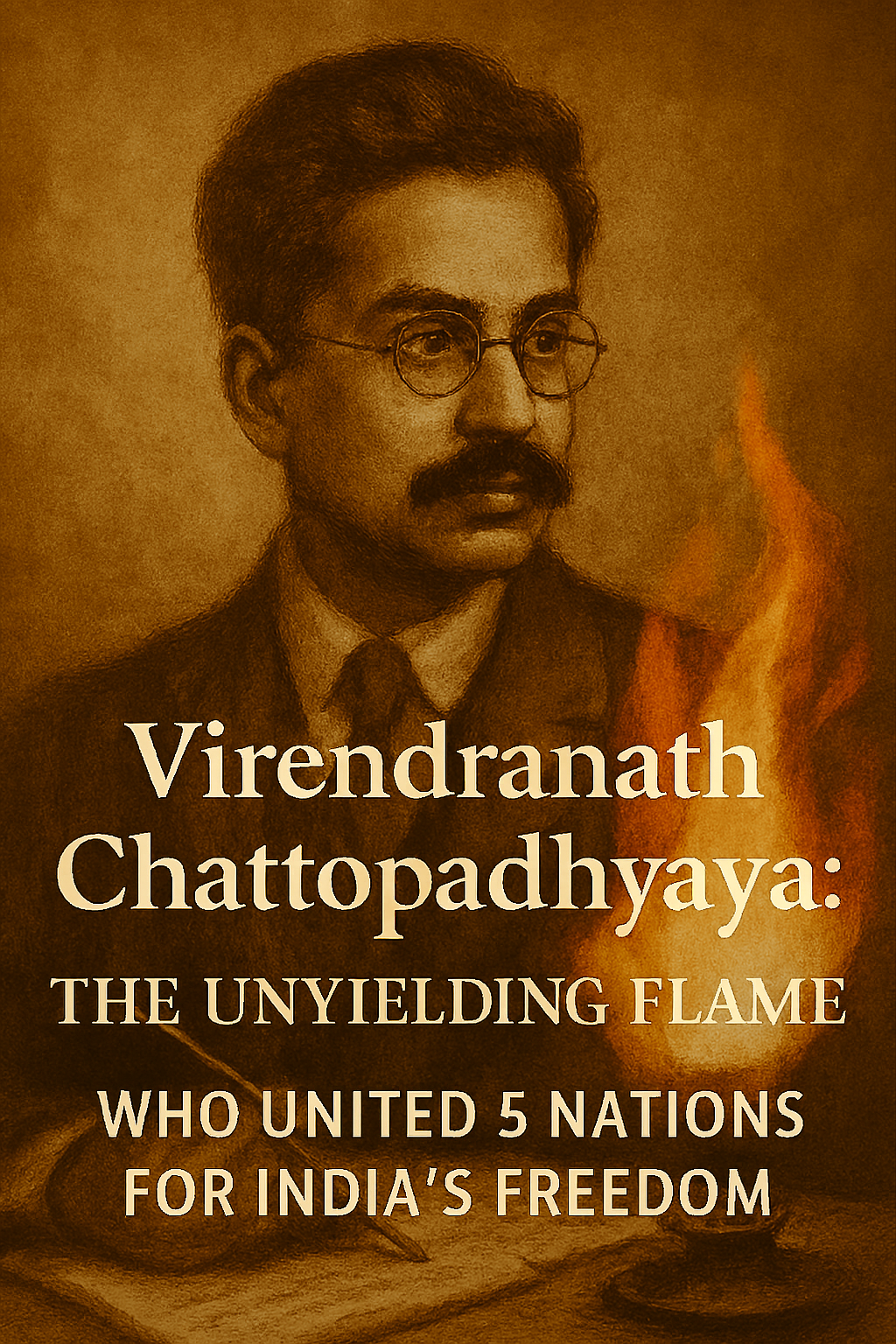
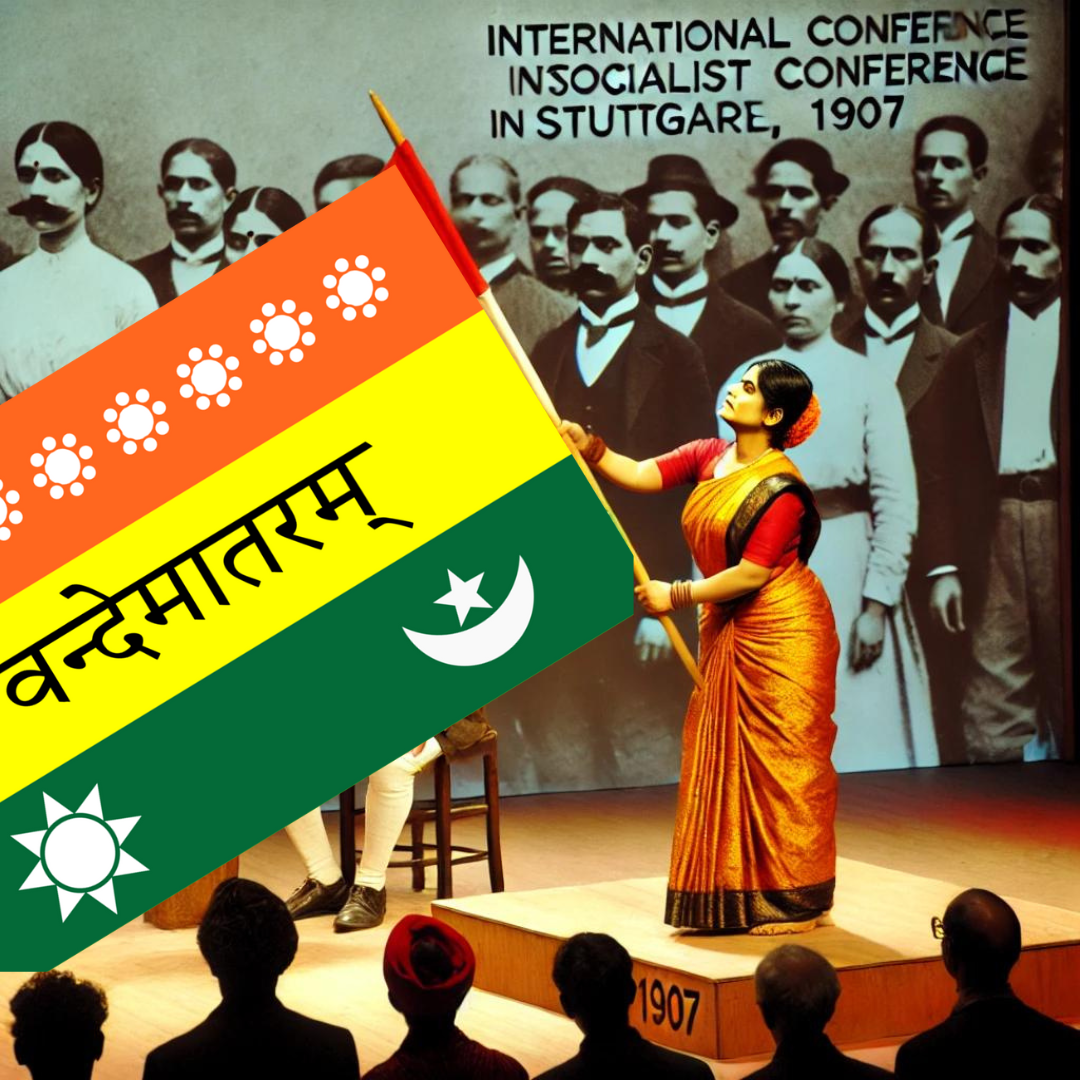
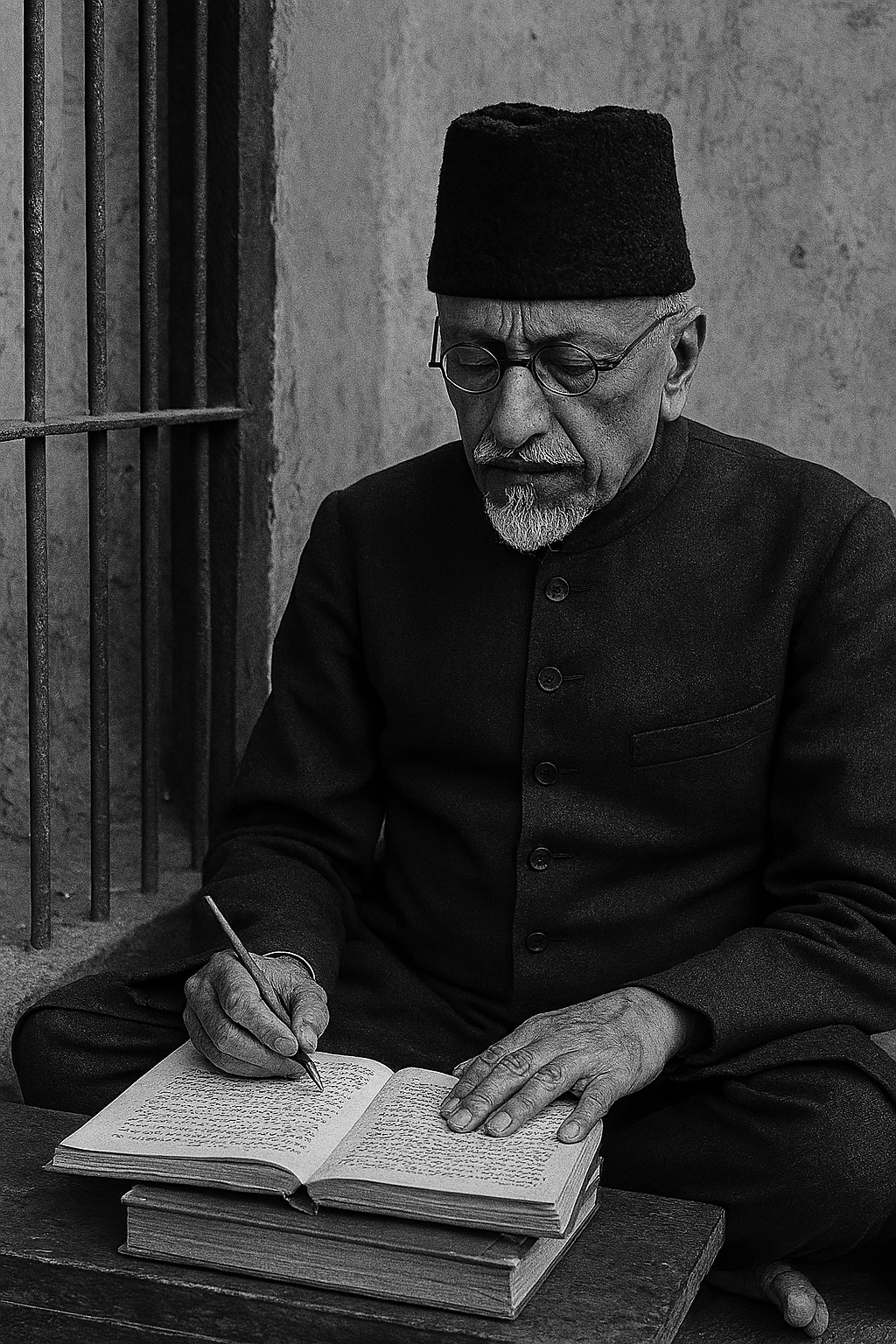

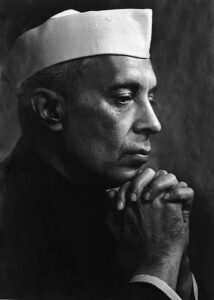
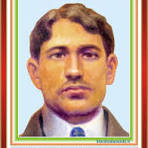
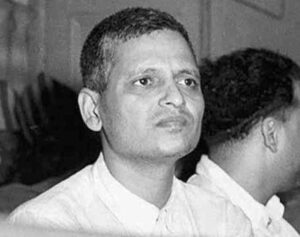
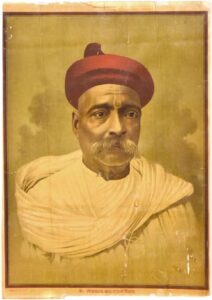
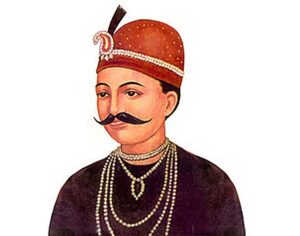
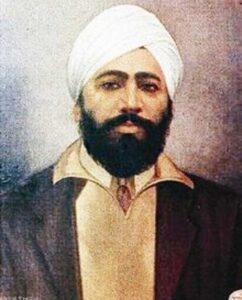
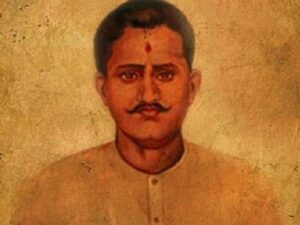
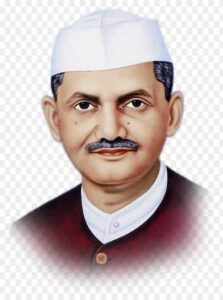
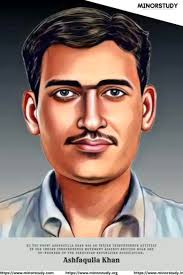
3 comments